
Classroom Inclusion Tips for Teachers and Parents
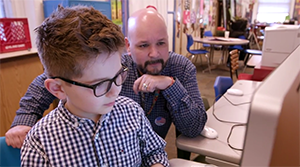
Charlie (left) and Scott (right)
To lead an inclusive classroom takes training, preparation, and years of practice. Scott Osborne is a fifth grade teacher at Meramec Elementary in Clayton, Missouri, who has excelled at making his classes welcoming and educational for everyone (you may recognize Scott as our friend Charlie’s former teacher). An advocate for his students, Scott said he wanted to become a teacher “when I realized how much I love helping people understand and create their own meaning from physics to math to literacy.”
In his 13 years of teaching, Scott has gained tremendous insight into – and seen firsthand – the benefits of including students with intellectual disabilities in the classroom. His experience with the inclusion model began in his second year of teaching, where he quickly learned its value. Since then, Scott has managed the challenges of the inclusion model (thinking several steps ahead to ensure everyone is included), while witnessing the rewards (seeing the relationships develop between his students as they work together).
Check out Scott’s tips about effective classroom inclusion, and if you have any questions about inclusion models, please reach out to your local Easterseals.
1. Meet the student’s parents
More often than not, the people who know a child with disabilities the best are their parents or caregivers. Scott said to reach out to them, even before school starts. Learn everything you can about the child’s history, level of functioning, and other relevant information to make the environment accommodating.
“Parents know so much more than I could know in a month,” Scott said.
2. Learn from the student’s past teachers
Much like meeting the student’s parents, talking to their past teachers provides valuable insight into the student and their needs.
One question Scott asks is “What are behaviors I can avoid that I might not recognize as an obstacle?” An example of an obstacle would be tone of voice. If a student reacts poorly to a strong tone of voice, Scott can begin to be more cognizant of how he speaks and avoid a situation that may be disruptive for the student.
3. Tailor to ensure success
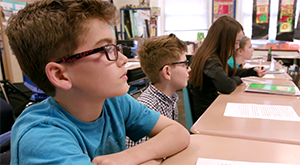
Max, Charlie's twin brother (left) and Charlie (right) in their classroom
Scott recommends starting off the year by allowing the student with a disability to focus first on skills at which they excel when contributing to class projects. This success will build their confidence and empower them to branch out into subjects they may not feel strong in. This approach can also be educational for students without disabilities as they get to know their classmate.
Scott also recommends modifying assignments in a way that challenges the student, but also makes he or she feel successful. For example, if the student is working on a group project with their classmates, perhaps make their part of the assignment more focused and specific so that their specific responsibilities are clear.
4. Think both inside and outside of the classroom
In the classroom, Scott ensures that everything is very straightforward and clear. There are schedules and clear instructions, which provide a sense of safety and routine.
Scott also facilitates class meetings to talk about what everyone’s working on inside and outside of the classroom. These meetings provide an opportunity for every student to contribute to the conversation and feel included.
5. Trust in the power of community
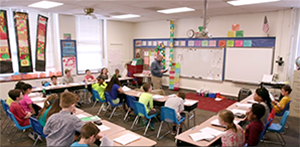
Scott leading his classroom
Trust in and build a positive working relationship with the second teacher in the room. “It’s another person to check in, who has your back,” Scott said.
Remember, for the students with disabilities, it’s important to understand that working with their peers has outcomes that are truly valuable.
“It’s really exciting when you see the growth every student can make. Instead of going to work by themselves or with one peer, they’re here with peers who have known them for a lot of their lives,” Scott said. He added, “[The students] know each other so well. It’s incredible. It can knock your socks off the way these kids look out for each other.”
Learn more about the services Easterseals offers for school-aged children
Find an Easterseals affiliate near you to request local resources on inclusive classrooms

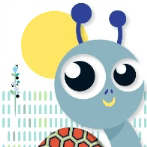
 By Mids Meinberg
By Mids Meinberg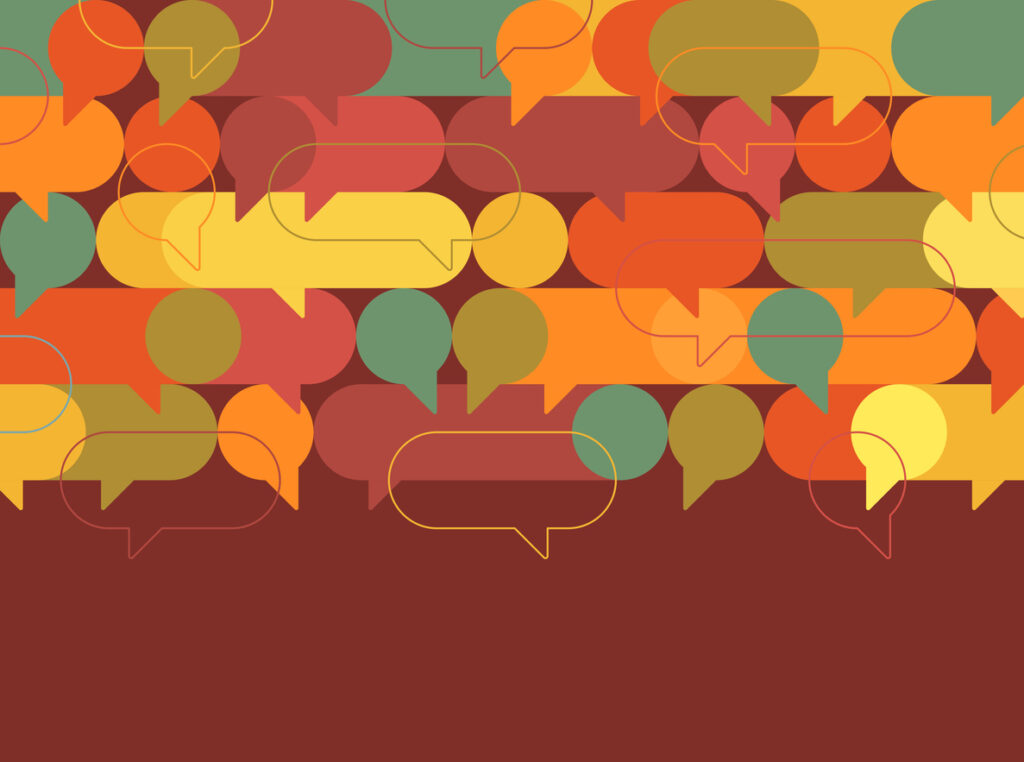 By Mids Meinberg
By Mids Meinberg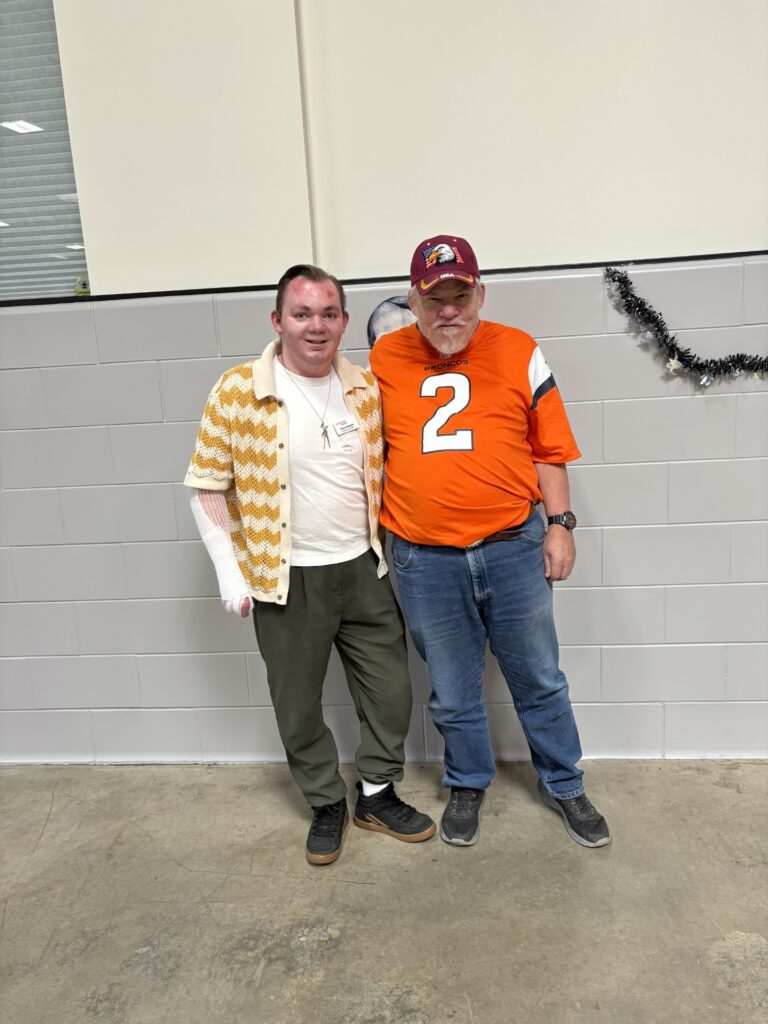
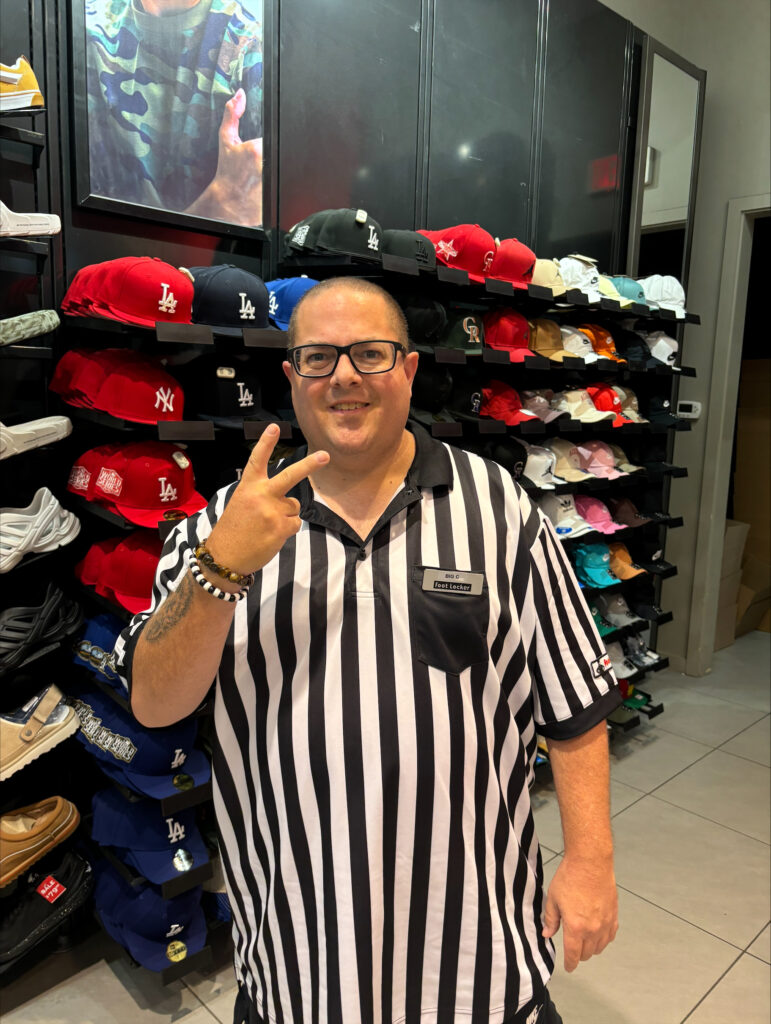
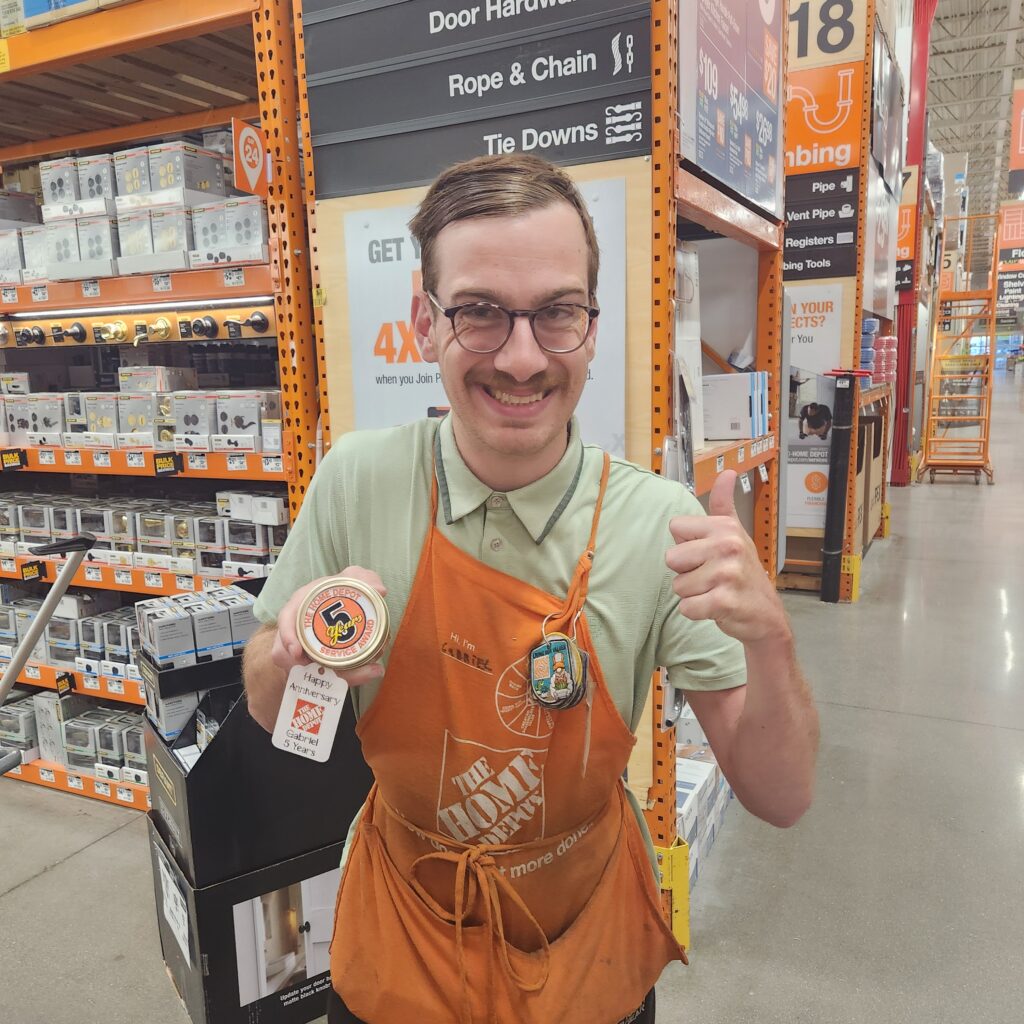
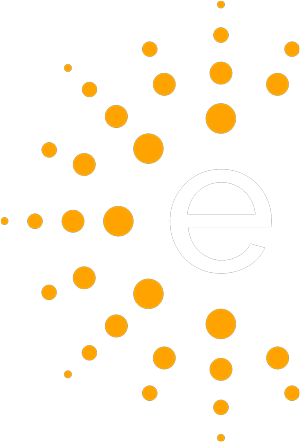


Connect with us on social media